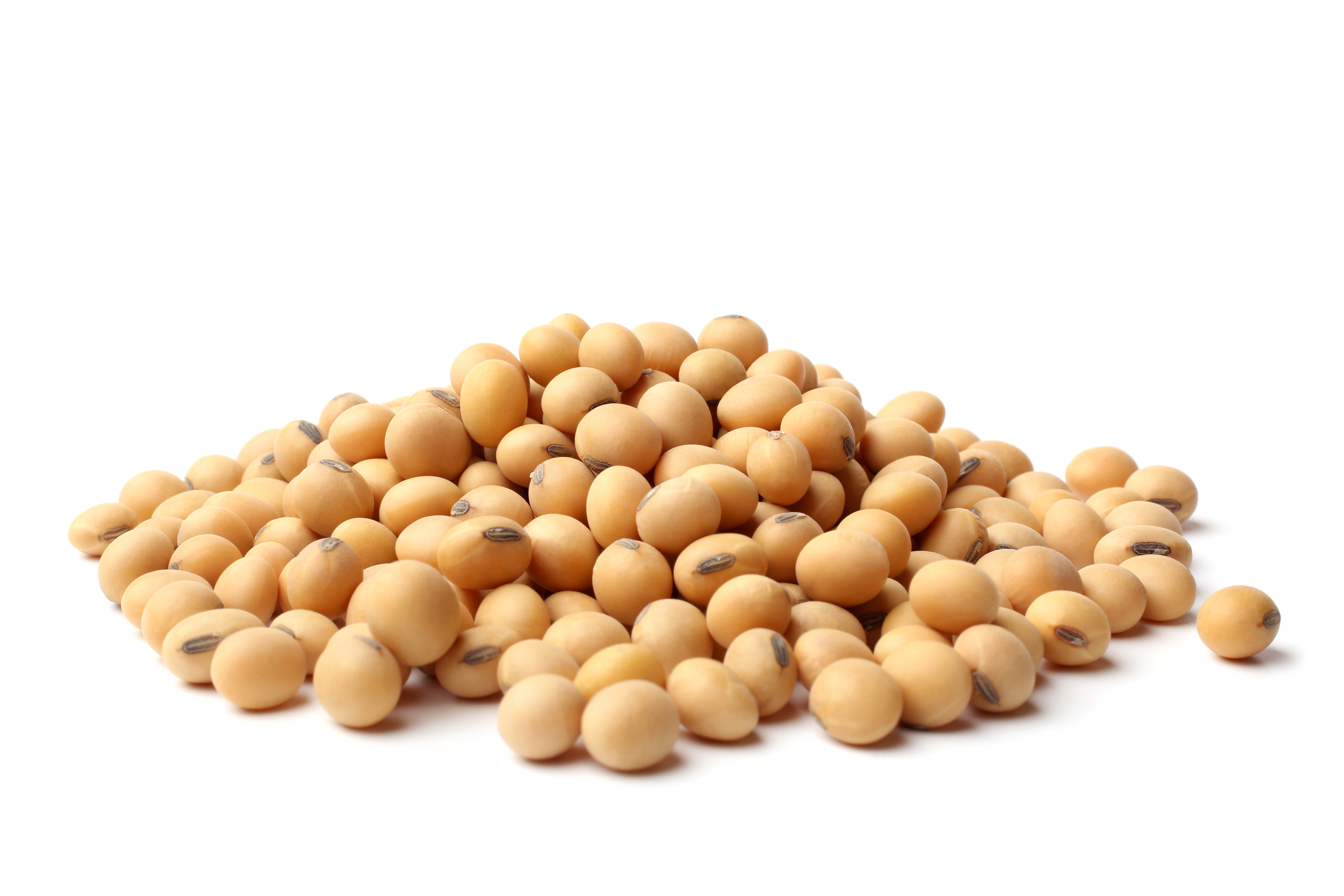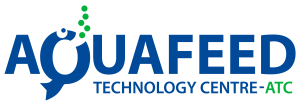
On International Women’s Day on March 8, a Norwegian association and network launched the list of Norway’s 50 leading tech women in 2024. Dorinde Kleinegris, central in ATC, researches microalgae at NORCE and is on the list. Read the whole news at norceresearch.no Watch Dorinde Kleinegris in 2021 tell about the algae work at Aquafeed…

Insects are a natural part of the diets of wild salmon when they are in rivers. Insects are also making their way into the diets of farmed salmon. When Nofima scientists wanted to test the species of insect called black soldier fly in salmon feed, it was therefore natural to measure the effects on salmon…

Do you want to reduce your consumption of red meat by eating more plant proteins? Scientists now want to develop nutritious hybrid products based on protein-rich plants with added fish and chicken byproducts, insect meal or seaweed and microalgae. The new prototype products will largely consist of legumes combined with protein and other nutrients from…

ATC partners Nofima and Norce have been contributing to the report from the NCE Seafood Innovation, called «Future Ingredients for Norwegian salmon feed». The steering group hopes that this report will be a valuable contribution to more dialogue, and to an expanded understanding of a complex challenge and the industry’s perspective. See the full report…

Producers of Norwegian salmon feed have begun to use completely new ingredients, according to a report on raw materials for salmon and trout. For the fifth time since 2010, Nofima has compiled an overview of ingredients used in Norwegian salmon feed. The documentation is based on feed in 2020 from the four largest feed companies.…

The intestines of animals are teeming with bacteria, affecting how animals digest their food. Studying these microbes is therefore an interesting part of research when investigating the effects of feed on animals, also for farmed fish. However, recent research sheds new light on the value of these studies. It all started with scientists at the…

The ballan wrasse is the best lice eater, but in order to stay healthy and in good condition, it must be given a feed that meets its nutritional needs and also has a taste that it likes. We now have new knowledge about what is required to succeed. There are many challenges when producing ballan…

The Minister of Fisheries and Seafood in Norway, Odd Emil Ingebrigtsen, cut the ribbon when the Aquafeed Technology Centre was opened on Wednesday last week in the Norwegian city of Bergen. Researchers and the industry will now work together towards a more environmentally friendly fish feed. More than 70 percent of the greenhouse gas emissions…

By Mari Moren, Nofima If soy has such negative impact on the environment, why is it still used in salmon feeds? Many new ingredients are being developed, why don’t we see a bigger change in the feed composition? Many of you may have wondered about such questions. I know I have. And it should be…

In the search for new, sustainable fish feed ingredients, researchers are working to see if the ingredients can be used in feed technically. By Reidun Lilleholt Kraugerud, Nofima Tor Andreas Samuelsen and colleagues at Nofima in Bergen have a number of advanced techniques in store. Samuelsen says it is underestimated how important it is that…










